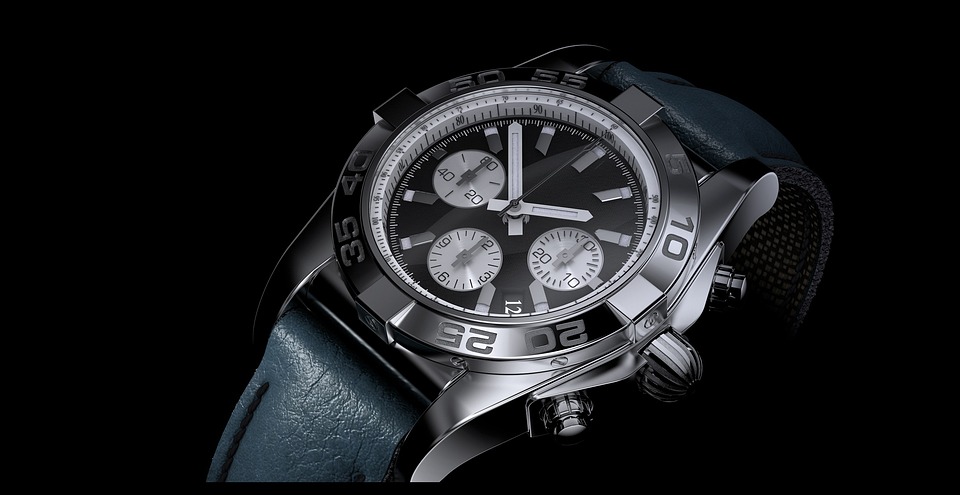How to Spot Fake Kelly Bags: Simple Tips for Everyday Shoppers
The iconic Kelly bag, created by luxury fashion brand Hermès, is a highly coveted accessory known for its timeless elegance and superior craftsmanship. With its hefty price tag and limited availability, it’s no surprise that counterfeit versions of this iconic bag exist in the market. As a savvy shopper, it’s essential to know how to distinguish between an authentic Kelly bag and a fake one. In this article, we will provide you with simple tips to spot fake Kelly bags, ensuring that you make an informed purchase decision.
1. Pay Attention to the Logo and Branding
One of the first things to examine when determining the authenticity of a Kelly bag is the logo and branding. Authentic Hermès Kelly bags feature a clean and crisp logo, which is often embossed or engraved onto a metal plate. The font used in the logo is consistent, evenly spaced, and the letters are perfectly aligned. Counterfeit bags may have logos that are poorly embossed, blurry, or unevenly spaced. Additionally, check the stitching around the logo plate. Authentic bags will have neat and even stitching, while counterfeit bags may exhibit sloppy or uneven stitching.
2. Examine the Quality of Materials and Craftsmanship
Hermès is known for its impeccable craftsmanship and the use of high-quality materials. Authentic Kelly bags are made from luxurious leather or exotic skins, such as crocodile or lizard. The leather should feel supple and smooth to the touch, with no visible flaws or imperfections. The hardware, including the zippers and clasps, should be sturdy and well-made, with a weighty feel. Counterfeit bags often use inferior materials, resulting in a cheap and flimsy appearance.
3. Check the Stitching and Construction
Another telltale sign of a fake Kelly bag is the stitching. Authentic bags feature precise and even stitching throughout, with no loose threads or skipping. The stitching should be virtually invisible and blend seamlessly into the leather. Counterfeit bags may have sloppy stitching, uneven thread tension, or loose and fraying threads. Additionally, examine the bag’s construction. Authentic Kelly bags are meticulously crafted, with attention to detail in every aspect, including the interior lining and pockets. Counterfeit bags may have uneven or messy construction, indicating poor quality control.
4. Inspect the Hardware and Hinges
The hardware and hinges on an authentic Kelly bag should be made of high-quality metal, such as gold or palladium. The metal should feel substantial and have a smooth and polished finish. Counterfeit bags often use cheap metal alloys that may tarnish easily or have a lightweight and flimsy feel. Check the engravings on the hardware, such as the lock and keys. Authentic bags will have crisp and clear engravings, while replicas may have shallow or poorly executed engravings.
5. Be Wary of Unrealistic Pricing and Inauthentic Replicas
One of the most significant red flags when purchasing a Kelly bag is the price. Authentic Hermès Kelly bags are luxury items and come with a hefty price tag. If a deal seems too good to be true, it probably is. Be cautious of sellers offering significantly discounted prices or claiming to have limited-time offers. Additionally, be aware of the signs of inauthentic replicas. Replica Kelly bags often have subtle differences in logo placement, stitching, or hardware details. If something feels off or doesn’t match the quality and craftsmanship associated with Hermès, it’s likely a replica.
In conclusion, spotting fake Kelly bags requires attention to detail and familiarity with the brand’s signature features. By examining the logo and branding, quality of materials and craftsmanship, stitching and construction, hardware and hinges, and being wary of unrealistic pricing and inauthentic replicas, you can confidently distinguish between an authentic Hermès Kelly bag and a counterfeit one. Remember to purchase from reputable sellers or authorized Hermès retailers to ensure that you are investing in a genuine and exquisite piece of fashion history.

